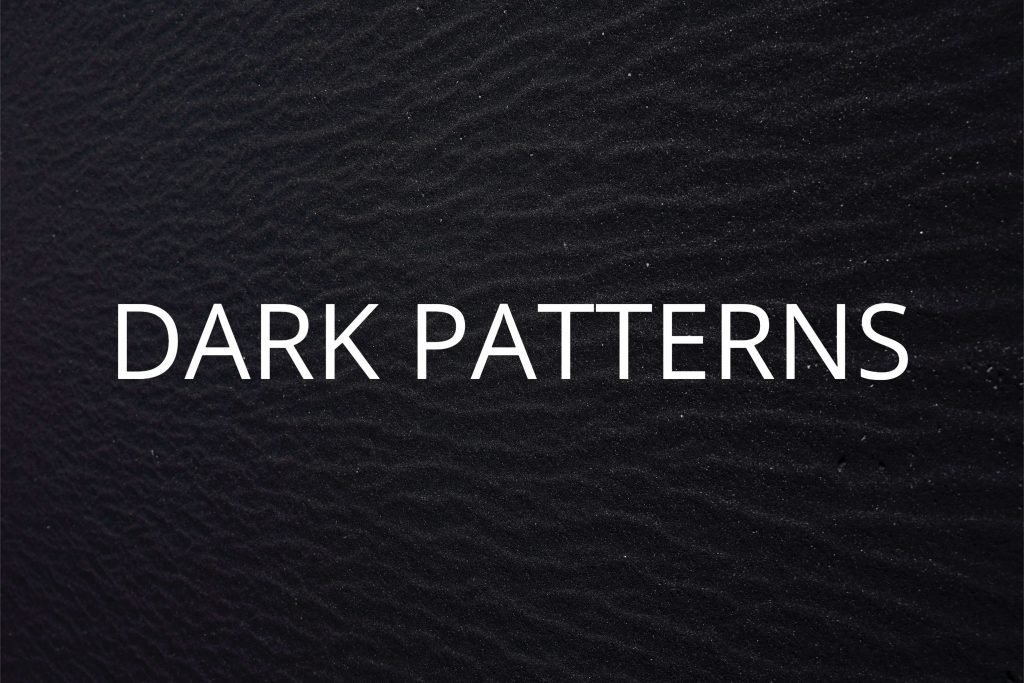Dark Patterns – Disguised ads

PART III
Welcome to part III of our journey into the world of dark patterns. Today we’re up to a combo with Disguised ads and Forced continuity dark patterns.
Disguised ads
A ubiquitous type of dark pattern that can be found while surfing the Internet, scrolling through mobile apps or navigating on your favorite e-book reader, are disguised ads. The purpose of these ads is to blend with the website, app or any other medium of information, in order to match the form and function of the platform in which it appears.
Disguised ads can be considered a sub-genre of native advertising, which refers to advertising branded to be coherent with the content of the media inside the medium in which is displayed. This happens when companies promote their own products while using their own medium. One of the most ubiquitous form of a disguised ad is a download button, which is placed inside the download section of a website (Fig. 1). By clicking the button, the user will not download the software in question, but redirected to wherever the creators of the ad intended it.
The perfect disguised ad pattern makes it indistinguishable from the natural and organic content of the medium in which it is placed. The imperfect ad pattern (Fig. 1) can be uncovered as a scam; usually, common sense kicks in, and certain features of the ad unmasks its original intent, such as an “X” button in the top-right corner of the ad, to silence it. But to the uninitiated and more naive users, this dark pattern can be highly effective. With experience, users develop a refined sense in discovering most disguised ads, thus avoiding them.
Mobiversal’s advice:
- Given the fact that sometimes services cannot dictate the way an ad is going to look, if possible, try to select ads which look the part
- Having a loose policy of ad selection, your service might be subjected to disguised ads, which may disenfranchise users from continuing using your service
Forced continuity
This business-centric type of UX is usually involved with subscription services, in which users sign up for a trial version, by entering their card information. Unbeknownst to users, after the trial period ends, they will be charged without any notice for the next iteration of the subscription, be it weekly, monthly or yearly, which is a form of forced continuity.
An upgraded form of forced continuity is one in which, besides not informing the user of the inevitable recharge of the card for a new subscription after the old one ends, the service does not provide an easy way for users to opt-out of the automatic renewal. Usually, services are set up in such a way in which automatic renewal is enabled by default, which means that the user needs to manually disable it.
Many legal proceedings have been filed based on forced continuity patterns, which has made services more weary of using such a tactic.
Mobiversal’s advice:
- Ask users first if they want to set up the subscription as a recurring payment or not, but do not decide for them by automatically setting up the payment as recurring
- Provide users with easy access to disabling or enabling recurring payment
- Send users a notification email (or other medium such as inside the app) a few days before the recurring payment is due to inform them that their card will be charged at a specific date with a new iteration of the subscription
This concludes our incursion into dark patterns for the week. Join us next time to learn more about Friend spam and Hidden costs.
- Part I – Introduction
- Part II – Confirmshaming
- Part III – Disguised ads & Forced continuity
- Part IV – Friend Spam & Hidden Costs
- Part V – Misdirection, Price Comparison Prevention & Privacy Zuckering
- Part VI – Roach motel & Sneak into basket
- Part VII – Trick questions & Fake new notifications




